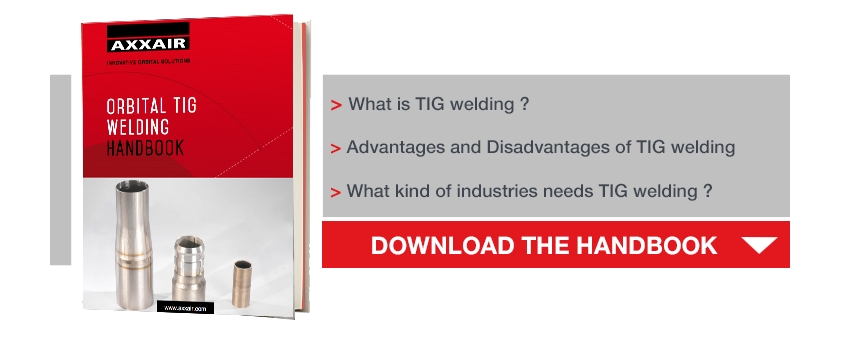Choosing a welding method to improve efficiency is a major issue. Generally speaking, we can confirm that the more automated the welding method is, the higher the output will be.
Nevertheless, the necessity of quality according to the customer's specifications should not be forgotten. Another criterion not to be neglected in this consideration: can this method be used on site or only in the workshop?
Welding methods: calculating the output rate and the operating time
There is a fairly simple method to define a rate for the output by calculating the number of kilograms of metal that will be deposited when working with a metal filler.
But there is another important factor: the actual welding time, to which must be added the preparation of the metals to be welded. The "lighted arc time" is therefore taken into account for the efficiency calculation.
The last factor is the scrap rate due to welding defects. Depending on the situation, one welding method is more appropriate than another to improve the output.
MIG/MAG welding: very high output but requires quality control
Let's take the example of MIG (Metal Inert Gas) / MAG (Metal Active Gas) welding. This method is easily automated with very high outputs, easy to operate and quickly mastered. It is one of the welding methods to improve the output thanks to its productivity levels.
However, each MAG weld must undergo a quality inspection.
In MIG mode, using an inert gas, this method offers a slightly higher quality and is therefore reserved for more sensitive and neutral materials such as stainless steel or aluminum. Conversely, MAG is widely used for structural and scrap metal applications.
The automotive industry is one of the industries that makes extensive use of the MAG method because of its productivity.
As MIG/MAG welding has improved significantly over the years, it is widely used in the construction of structures such as bridges or buildings, and even in the nuclear sector.
In automated mode, this method is used exclusively in the workshop. It is recommended to use the latest generation of machines.
Submerged arc welding: high output for large diameters
Welding with submerged arc achieves very high outputs because the metal is being fed through in extremely high quantities. To give you an idea: on site, a 10 mm thick plate can be melted in one go. Submerged arc welding will deposit the most metal while welding.
The primary application is in the shipbuilding industry because very thick plates have to be welded together. In this kind of use, two plates are placed on the floor and welded together. Here the arc time is also high, but the operating time is longer.
This method is rarely used for tube welding because a powder is applied to the top of the tube, which must be rotated. Therefore, if this method is used on tubes, it is only to be done in a workshop.
TIG welding: improved quality for better output
When welding with TIG (Tungsten Inert Gas), however, it is the quality that is of primary concern. It can be used with or without filler wire, depending on the diameter. By being able to control all parameters, a clean and precise weld can be achieved.
This welding method requires more time with only little material deposition for most applications. It is easy to understand that large beads cannot be made quickly.
All non-ferrous steels, i.e. stainless steel, titanium and all other corrosion resistant alloys can be welded with this method. The arc time is important in automated TIG because while the equipment is welding, the operator can prepare the next tube and the scrap rate is minimal. Therefore, it is the minimization of welding errors that can drive the choice of this welding method to improve output.
The equipment set-up is quite simple, it can be used on site or in the workshop, and many industries are demanding this affordable method, which can meet all requirements in high purity environments.
High-energy density welding: improved output thanks to
the welding speed but a significantly higher investment
As far as the three high energy density welding methods are concerned, they are equipment that can weld very large diameters at high speed.
To give you an idea: with plasma, we can weld thicknesses of up to 6 to 8 mm in a single pass, and with electron beams up to 10 cm per pass. Even if the metal brought in – in terms of kilograms – is tiny, the output is extremely high. But the investment for this type of equipment – in addition to the major works to be planned – remains very high.
The choice of the right welding method to improve your output is of utmost importance. Depending on the situation and the requirements, the priority criterion, speed or quality of the weld for example, will not be the same.



